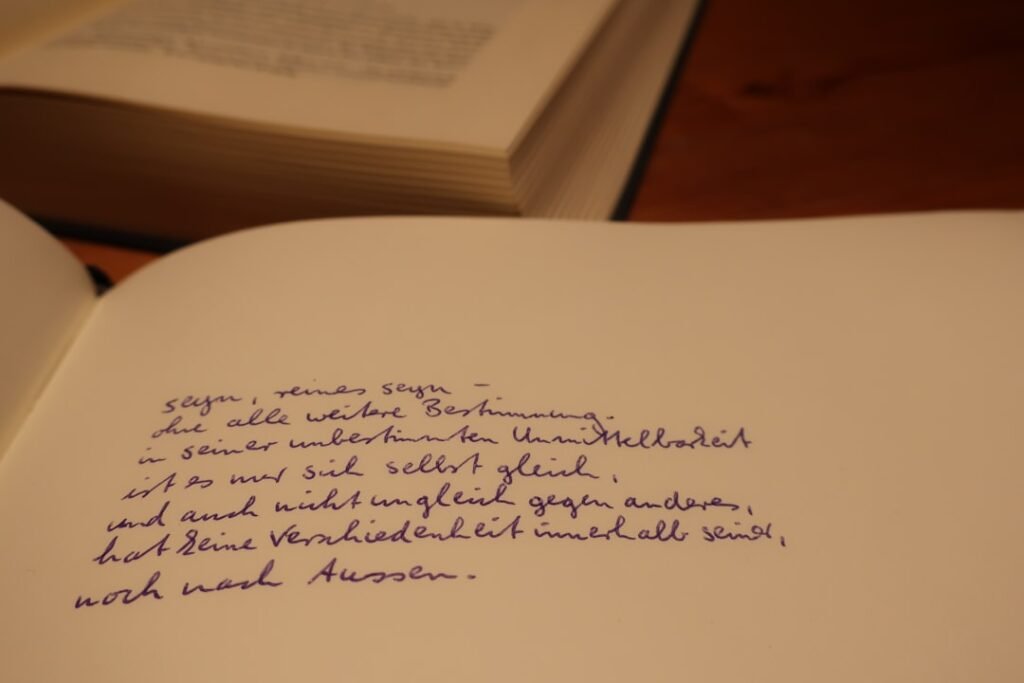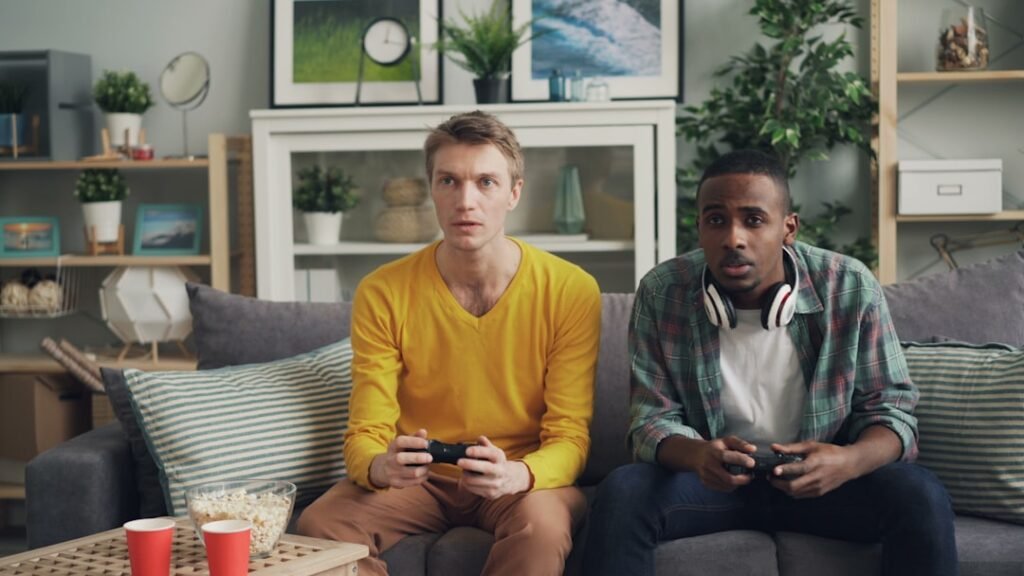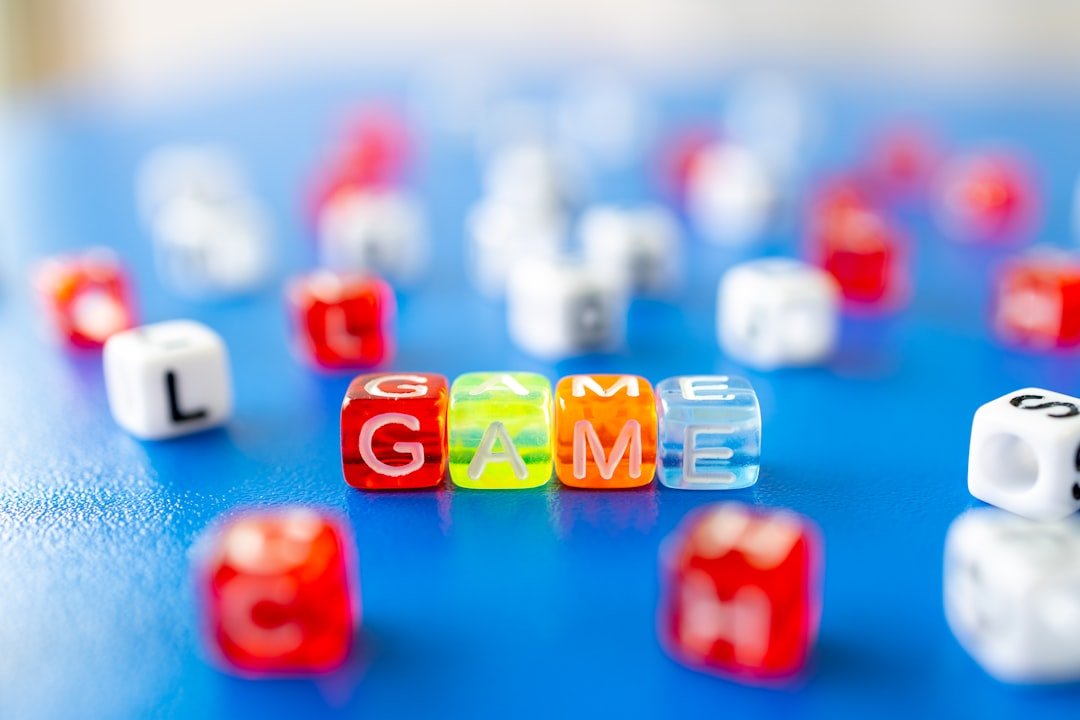Now Reading: Top Rhythm Games for Reflex Testing
-
01
Top Rhythm Games for Reflex Testing
Top Rhythm Games for Reflex Testing

Rhythm games have carved out a unique niche in the gaming world, captivating players with their blend of music and interactive gameplay. As I delve into this genre, I find myself drawn to the way these games challenge not only my sense of timing but also my hand-eye coordination. The essence of rhythm games lies in their ability to synchronize player actions with musical beats, creating an immersive experience that feels both exhilarating and rewarding.
Whether I’m tapping, swiping, or dancing, the thrill of hitting the right notes at the right time keeps me coming back for more. The appeal of rhythm games extends beyond mere entertainment; they serve as a platform for honing reflexes and improving cognitive skills. As I engage with these games, I notice how they require me to process auditory cues and translate them into physical actions almost instantaneously.
This unique interaction between sound and movement fosters a deeper appreciation for music while simultaneously enhancing my reflexes. In this article, I will explore various rhythm games that exemplify this connection, highlighting their significance in testing and improving reflexes.
Key Takeaways
- Rhythm games are a popular genre that test players’ reflexes and timing to the beat of music.
- Reflex testing in rhythm games helps improve hand-eye coordination, reaction time, and cognitive processing speed.
- Dance Dance Revolution (DDR) is a classic rhythm game that challenges players to step on arrows in time with the music.
- Guitar Hero tests players’ reflexes by requiring them to hit notes on a guitar-shaped controller in sync with the music.
- Osu! is a fast-paced rhythm game that challenges players with clicking, dragging, and spinning objects to the beat of the music.
Importance of Reflex Testing in Rhythm Games
Reflex testing is a fundamental aspect of rhythm games, as it directly influences a player’s performance and enjoyment. When I play these games, I often find myself in a state of heightened awareness, where every beat and note demands my immediate attention. This constant need for quick reactions not only makes the gameplay thrilling but also serves as an effective way to sharpen my reflexes.
The more I practice, the more I notice improvements in my reaction times, which can translate to other areas of my life, such as sports or even everyday tasks.
It fosters a sense of competition among players, whether I’m challenging friends or striving to beat my own high scores.
This competitive element adds an extra layer of motivation, pushing me to refine my skills and achieve greater levels of precision. As I engage with various rhythm games, I realize that the ability to react swiftly and accurately is not just about winning; it’s about the joy of mastering a challenging skill and experiencing the satisfaction that comes with it.
Dance Dance Revolution (DDR) – A Classic Rhythm Game

Dance Dance Revolution (DDR) stands as one of the most iconic rhythm games in history, and for good reason. As I step onto the dance pad, I am immediately transported into a world where my feet must move in perfect harmony with the music. The game’s simple yet engaging premise—stepping on arrows that correspond to the beat—creates an exhilarating experience that tests my reflexes like no other.
Each song presents a new challenge, requiring me to adapt quickly to varying tempos and patterns. What makes DDR particularly special is its ability to combine physical activity with rhythm-based gameplay. As I dance, I not only work on my reflexes but also engage in a full-body workout.
The game encourages me to push my limits, both physically and mentally, as I strive to hit every note perfectly. The satisfaction of completing a challenging song with a high score is unmatched, and it reinforces my desire to keep improving my skills. DDR has become more than just a game for me; it’s a way to stay active while having fun.
Guitar Hero – Testing Reflexes with Musical Rhythms
Guitar Hero revolutionized the way I interact with music through gaming by allowing me to simulate playing a guitar alongside my favorite songs. As I grasp the plastic guitar controller, I feel an immediate connection to the music, and the game challenges me to hit colored notes as they scroll down the screen. The need for precise timing and quick reflexes is paramount; missing a note can disrupt the entire flow of the song.
Each successful note hit fills me with a sense of accomplishment, pushing me to tackle more difficult tracks. The beauty of Guitar Hero lies in its ability to make players feel like rock stars while simultaneously testing their reflexes. As I progress through various difficulty levels, I find myself developing not only my hand-eye coordination but also my ability to anticipate musical patterns.
The game encourages me to practice regularly, as each session reveals new nuances in my playing style. Guitar Hero has become a staple in my gaming repertoire, serving as both a source of entertainment and a tool for refining my reflexes.
Osu! – A Fast-Paced Rhythm Game for Quick Reflexes
Osu! is another rhythm game that has captured my attention with its fast-paced gameplay and unique mechanics. Unlike traditional rhythm games that rely on physical controllers, Osu!
utilizes a mouse or tablet for input, requiring me to click on circles, slide sliders, and spin spinners in time with the music. The speed at which notes appear on the screen demands lightning-fast reflexes and precise movements, making every session an exhilarating challenge. What sets Osu!
As I explore different songs and maps created by fellow players, I am constantly exposed to new rhythms and styles that push my skills further. The competitive aspect of Osu!
also drives me to improve; I often find myself striving for higher scores and better rankings on leaderboards. This relentless pursuit of excellence not only enhances my reflexes but also fosters a sense of camaraderie within the community as we all share our passion for rhythm gaming.
Beat Saber – Combining Rhythm and Physical Reflexes

Immersive Experience
As I put on my VR headset and grasp the lightsabers, I am transported to a futuristic environment where blocks representing musical rhythms fly towards me from all directions. The combination of physical movement and rhythmic timing creates an electrifying experience that challenges my reflexes in ways I never thought possible.
Physical Challenge
Each swing of the saber demands precision and quick decision-making as I navigate through increasingly complex patterns. The physicality of Beat Saber adds an extra layer of challenge; not only do I need to react quickly to incoming blocks, but I also have to maintain my stamina throughout each song. The game encourages me to move my body in ways that enhance both my reflexes and overall fitness.
A Full-Body Workout
With each session, I find myself improving not just in terms of score but also in agility and coordination. Beat Saber has become more than just a game; it’s a full-body workout that keeps me engaged while honing my reflexes.
Thumper – A Unique Rhythm Game for Testing Reflexes
Thumper offers a distinct take on rhythm gaming by combining elements of racing with intense musical beats. As I guide my beetle-like character along a track filled with obstacles and challenges, I must react swiftly to avoid hazards while staying in sync with the pulsating soundtrack. The game’s minimalist design and frenetic pace create an atmosphere that is both thrilling and immersive, demanding quick reflexes at every turn.
What makes Thumper particularly captivating is its emphasis on precision over speed; while I need to react quickly, each movement must be deliberate and calculated. The game rewards me for mastering its mechanics, encouraging me to refine my timing and control as I progress through increasingly difficult levels. Thumper has taught me that reflex testing can come in many forms, blending elements of rhythm with strategic thinking to create a truly unique gaming experience.
Super Hexagon – Challenging Reflexes with Fast-Paced Patterns
Super Hexagon is a whirlwind of color and sound that challenges my reflexes like few other games can. As I control a small triangle navigating through an ever-rotating hexagonal maze, I must react instantly to avoid incoming walls while keeping pace with the frenetic music. The simplicity of its controls belies the complexity of its challenges; every second counts as I strive for survival against an onslaught of geometric shapes.
The fast-paced nature of Super Hexagon forces me to stay focused and alert at all times. Each attempt pushes me further into a state of flow where time seems to stand still as I become one with the music and visuals. The satisfaction of lasting even a few seconds longer than before fuels my desire to keep playing, honing my reflexes with each session.
Super Hexagon exemplifies how rhythm games can create intense experiences that test not just physical reactions but also mental resilience.
Crypt of the NecroDancer – Rhythm and Strategy for Reflex Testing
Crypt of the NecroDancer combines rhythm-based gameplay with dungeon crawling in a way that is both innovative and engaging. As I move through procedurally generated levels, every action—be it attacking enemies or collecting items—must be timed perfectly to the beat of the music. This unique mechanic transforms traditional turn-based gameplay into an exhilarating dance where each move requires careful consideration and quick reflexes.
What sets Crypt of the NecroDancer apart is its strategic depth; while reflexes are crucial for survival, so too is planning ahead and anticipating enemy movements. As I navigate through increasingly challenging dungeons, I find myself developing not only faster reaction times but also sharper strategic thinking skills. The fusion of rhythm and strategy creates an experience that is both rewarding and intellectually stimulating, proving that reflex testing can take many forms within the realm of gaming.
Audiosurf – Testing Reflexes with Music and Racing
Audiosurf offers a unique blend of racing and rhythm gaming that captivates me every time I play. As I select a song from my music library, the game generates a track based on its tempo and beats per minute (BPM). My goal is to navigate my vehicle along this track while collecting colored blocks that correspond to musical notes.
The need for quick reflexes becomes apparent as I race through dynamic landscapes that shift with the music. The beauty of Audiosurf lies in its ability to personalize each experience based on the songs I choose. Whether I’m jamming out to upbeat pop or getting lost in intricate classical compositions, each track presents new challenges that test my reflexes in different ways.
The satisfaction of mastering a song while achieving high scores keeps me engaged and motivated to explore new musical genres within the game. Audiosurf has become a favorite pastime for me—a perfect fusion of music appreciation and reflex training.
The Benefits of Reflex Testing in Rhythm Games
In conclusion, rhythm games offer an exciting avenue for testing and improving reflexes while providing endless entertainment. Through engaging gameplay mechanics that require quick reactions and precise timing, these games have become invaluable tools for honing my skills across various domains. From classics like Dance Dance Revolution to innovative titles like Beat Saber and Crypt of the NecroDancer, each game presents unique challenges that keep me coming back for more.
The benefits extend beyond mere enjoyment; as I immerse myself in these rhythmic experiences, I notice tangible improvements in my hand-eye coordination, reaction times, and even strategic thinking abilities. Whether I’m dancing on a pad or navigating through virtual landscapes, rhythm games have enriched my life by blending fun with skill development. Ultimately, they remind me that gaming can be both entertaining and beneficial—a perfect harmony between play and personal growth.
If you’re a fan of rhythm games that test your reflexes, you may also be interested in exploring in-depth game reviews of AAA, indie, and hidden gems. Check out this article on the best in-depth game reviews to discover new titles that will challenge your gaming skills.
FAQs
What are rhythm games?
Rhythm games are a genre of video games that challenge players to match their movements or button presses to the rhythm of a song or musical track.
What are some popular rhythm games?
Some popular rhythm games include Dance Dance Revolution, Guitar Hero, Rock Band, Beat Saber, and Osu!.
How do rhythm games test reflexes?
Rhythm games test reflexes by requiring players to react quickly and accurately to visual and auditory cues in time with the music.
What are the benefits of playing rhythm games for reflexes?
Playing rhythm games can improve hand-eye coordination, reaction time, and overall reflexes.
Are there different difficulty levels in rhythm games?
Yes, most rhythm games offer multiple difficulty levels to cater to players of varying skill levels, from beginner to expert.
Can rhythm games be played on different platforms?
Yes, rhythm games are available on various platforms including consoles, PC, and mobile devices, allowing players to choose their preferred gaming platform.



























